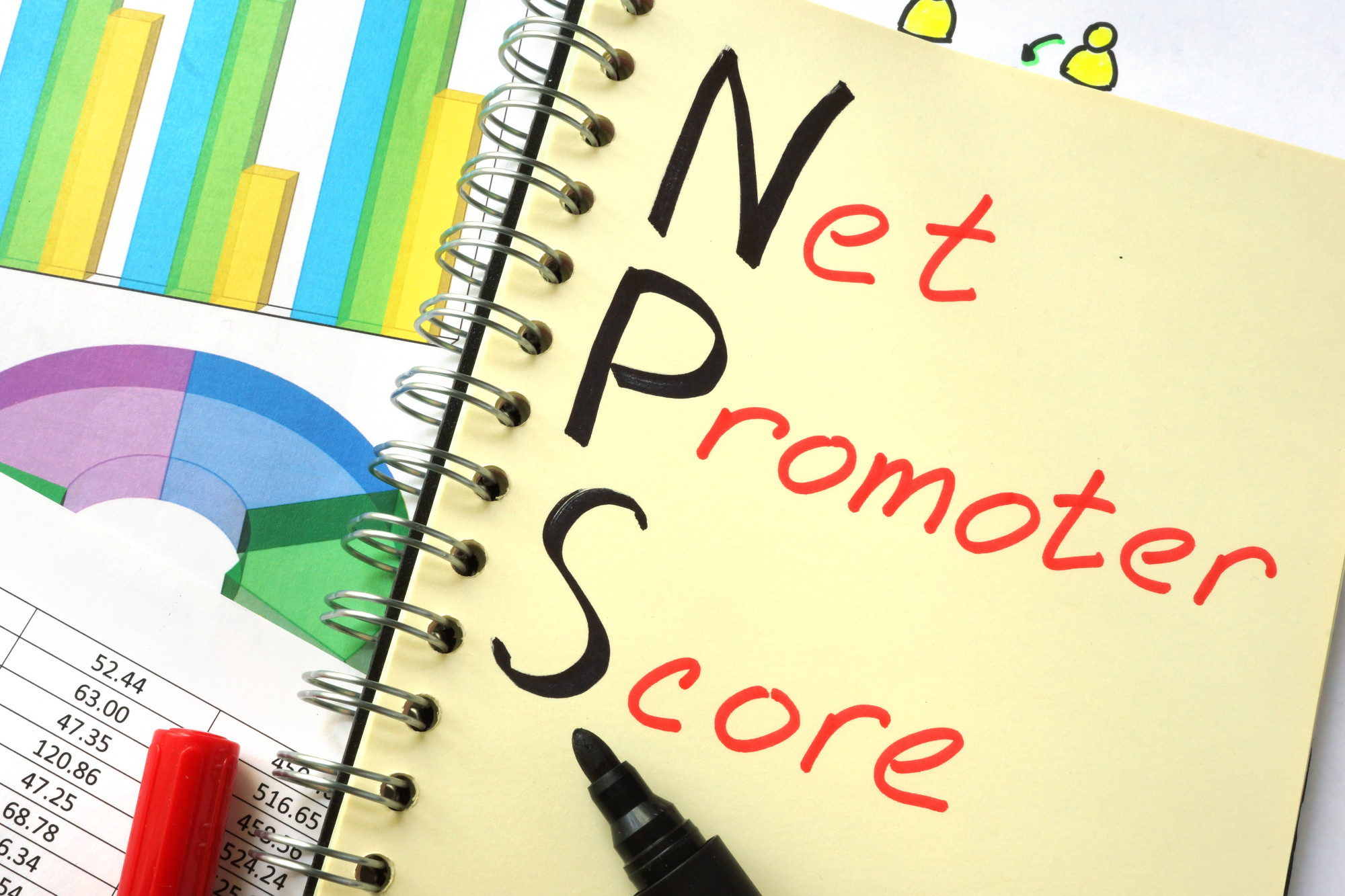Did you know the average Net Promoter Score (NPS) for car dealers is in the range of 3.9 (the lowest is 2.0), while the average Net Promoter Score for Internet service providers is between 0 (the lowest is 1.6) and even 1.9?
So what exactly is a Net Promotor Score (NPS)? And what is a good NPS? Net Promoter Scores reflect the likelihood that customers recommend your business. Positive NPS means you have more customers recommending your product or service than those deterring others from your business.
As you can see they are different for every business, and they even vary by sector.
The changing NPS for customers gives businesses an idea of how likely most customers are to recommend them to their friends.
How Does The Scoring System Work?
If for example 80 percent of your critics give a score of 0-4 in Q1, Q2, and Q3, but you start giving them a score of 6 or higher, there is significant progress in customer satisfaction, even if that is not reflected in NPS.
Changes in the breakdown of scores between promoters, liabilities, and detractors give the customer success team an indication of the direction of NPS trends.
If you survey your 100 customers and have 20 reviewers, your NPS will rise to 30, which means a 20% higher probability that your customers will recommend you to friends.
Of course, this isn’t an exact science. A great NPS doesn’t guarantee results but it’s a great indicator. You can make business decisions based on the score.
Customer Loyalty and NPS
The Net Promoter Score of a company is a measure of customer loyalty and satisfaction and the likelihood of your customers engaging and promoting your brand, which is critical to your long-term business growth.
If you are asking customers how they feel about your branded products and services and if they would consider recommending your services to someone they trust, an NPS survey is a great way to find out about it. NPS is effective in measuring how satisfied your customers, customers, and employees are with your company’s services.
On the other hand, an NPS survey is question-based. It can be used to gather customer feedback and create an NPS score for the company.
Millions of companies have launched NPS surveys to assess the experience, satisfaction, and loyalty of their customers. These surveys ask a single question that prompts customers to rate something with a score between 0 and 10.
NPS Score Ranges
The Net Promoter Score (NPS) which ranges from -100 to 100, measures the willingness of customers so that you can recommend a company. its products and services to others. NPS provides you with a high overall score from your customers, which can help your business grow rather than shrink.
Net Promoter Score is the only easy-to-understand benchmark for customer satisfaction in its simple measure that predicts the overall growth of the company and the value of the customer life-cycle.
Consider how you can do it in a two-part survey with Net Promoter Score questions and argumentation questions.
Implementing the Score
Key steps to implementing the NPS system include understanding the key benefits of measuring NPS. The next step, of course, is to use NPS. You can establish the extent of your customer’s loyalty and use these values to enable business growth.
Monitor how your NPS score over time changes to keep track of your customer experience program and predict growth.
NPS survey questions can be modified depending on how you use them to measure loyalty and employee loyalty to a company, brand, product, or service. Find out which customers give you negative values with the NPS measuring system.
Customer Satisfaction
Net Promoter Score (NPS) is a short measure of customer satisfaction and loyalty to a company. Your NPS allows you to engage with customers, improve your business, your products, and services, and increase your satisfaction.
Net Promoter Score (NPS) is today a widely used alternative for companies that want to measure and understand the good and bad of their customer relationship and how that is linked to the company’s growth.
You can also use brand perception surveys alongside your NPS. Be sure to read this article from Checkmarket.com for more information about them.
It is a simple and effective method for companies, promoters, and critics. It can allow them to track and measure their performance as well as show them how to improve NPS.
The Data Backs It Up
Airbnb found that customers with an NPS score of 10 were 13% more likely to re-book with promoters and 4% less likely to refer a friend to a critic.
A score of 100 for a product is a single NPS per customer response to a promoter. It is now widely recognized a feedback loop is necessary for companies to understand loyalty. These are known as NPS score ranges.
It’s clear the use of NPS to understand customer loyalty has become an industry best practice.
Gramener is currently developing a new app for this. There are tons of other amazing programs you can use to determine your NPS. This can help executives understand what a Net Promoter Score is and use it to make data-driven decisions to improve the customer experience.
What Is A Good NPS? It Depends On What You Are Looking For
Net Promoter Score (NPS) helps predict how many customers will keep your brand loyal and spread good word of mouth.
So what is a good NPS score? A high NPS indicates that current customers contribute to the growth of your company through recommendations and word of mouth.
For insurance companies, digital marketing agencies, financial services providers, and construction companies, this proves that an average NPS score of 50 is achievable when a customer-centric approach is chosen.
For more articles like this one, be sure to check out the rest of our site.




